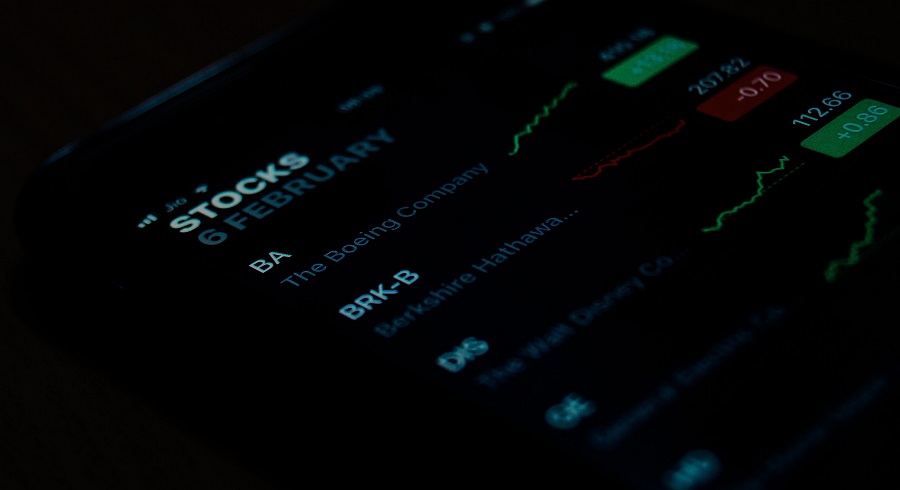Ruth Saldanha: As we head into the end of 2020, we thought to take the time to discuss the year-end review. How did funds do, and which asset classes did best. Morningstar Canada's Director of Investment Research, Ian Tam is here today to talk about that.
Ian, thank you so much for being here today.
Ian Tam: Thanks for having me, Ruth.
Saldanha: First up, what has 2020 been like for funds both mutual funds and ETFs.
Tam: Yeah, great question, Ruth. And it's been obviously a very tumultuous year both emotionally and financially for investors. But in terms of assets mutual funds saw the most significant outflows in the month of March during the crux of the pandemic sell-off, while ETFs actually saw muted inflows when you compare it to February. They are positive inflows, but less than we saw in February. But in every other month in the year at the high level, both ETFs and mutual funds saw inflows, which is a good sign telling us that retail investors continue to invest despite the ongoing market volatility and economic uncertainty.
Performance-wise here in Canada our equities or our stocks got hit pretty hard, mostly due to the reduced demand in oil, which of course many of our indices are heavily invested in. The average equity fund in Canada produced only about 0.4% up until the end of November. While we contrast this to the U.S. equity market, the average U.S. equity fund managed by Canadian domiciled fund managers produced about 10.4% this year, again up until the end of November, mostly due to the exposure to technology stocks that have recovered pretty quickly during the pandemic. And lastly, the surprise interest rate cuts that we saw in reaction to the pandemic put a pretty big stress on fixed income funds, particularly in March. But year-to-date Canadian fixed income funds have produced about 7.8%, while global fixed income funds have produced about 5.1% despite that.
Saldanha: Let's talk a little bit more about the flows, now what funds or asset classes have seen the most inflows and why do you think that is?
Tam: Yeah, so in terms of if you look over the full 11 months of the year, overall equities have actually seen the most inflows followed right behind by fixed income funds. But of course, we know it's not a straight line. In March, fixed income funds actually saw the most amount of outflows, whereas equities actually saw inflows. So in terms of why that is, we can certainly point to the surprise interest rate cuts again for fixed income, for equities we could talk -- we could tailor that or point that back to investors buying back quickly, after we saw -- started seeing some of the recovery in the market.
Saldanha: And on the other side, what are some of the funds or asset classes that have seen the most outflows?
Tam: Yeah, again, looking at across all 11 months, the asset class with the most outflows would be allocation or balanced funds. So along with other types of funds, balanced funds or target or allocation funds actually saw outflows in the month of March, but every other month after that saw continued outflows, except for the month of June. So in terms of performance, they're actually doing reasonable. So, on a year-to-date basis ending November, the returns on these types of funds in terms of target allocation funds, static balanced funds returned about 3.6% to 5.8%. So reasonable returns, given the amount of market volatility that we've seen today.
In terms of why we're seeing this trend. You know, it's hard to tell exactly, but one of the things that we have noticed is that there are a continued, there's continued growth in terms of fee-based accounts being run by advisors. So as a quick reminder, when you have a fee-based account with an advisor, they'll typically pick F-class mutual funds, mutual funds for your account which will have lower fees, but after that, they will charge you an overall management fee for the management of your account. So to show value, and often to pick better products, fee-based advisors may not take an off the shelf balanced fund to put into your account. They may end up choosing their (indiscernible) from different products or different F-class shares. So that may be a reason why we're seeing continued outflows as advisors are shifting more towards fee-based accounts picking components as opposed to buying an off the shelf balance fund.
Saldanha: And finally, are there any asset classes of specific interest on which we should keep an eye?
Tam: Yeah, 2020 was an interesting year and it provided a pretty good lesson or reinforcement of a lesson that we try to teach here at Morningstar in terms of home country bias. So this year, if you look at Asia Pacific equities, on average that group of funds produced about 19.3% as of the end of November, that's a very significant performance number. Even though it's coming from a smaller group of funds, there's not that many of them. So this reinforces the fact that as an investor, it may often prove fruitful to not just think about Canadian and U.S. equities, but also look globally. So it's important not just to diversify across asset classes, like stocks and bonds, but also to diversify geographically.
Saldanha: Thank you so much for joining us today with your perspectives Ian.
Tam: Thanks Ruth.
Saldanha: For Morningstar I'm Ruth Saldanha.
Are You Getting The Right Returns?
Get our free equity indexes to benchmark your portfolio here



















